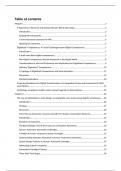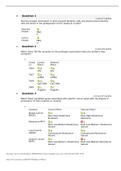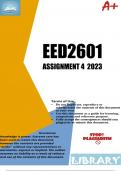Summary
Summary Literature 1JM50 module 1 to 3
- Course
- Institution
Demerouti, E. (2022). Turn digitalization and automation to a job resource. Applied Psychology, 71, 105-109. Gagné, M., Parker, S. K., Griffin, M. A., Dunlop, P. D., Knight, C., Klonek, F. E., & Parent-Rocheleau, X. (2022). Understanding and shaping the future of work with self-determinati...
[Show more]








